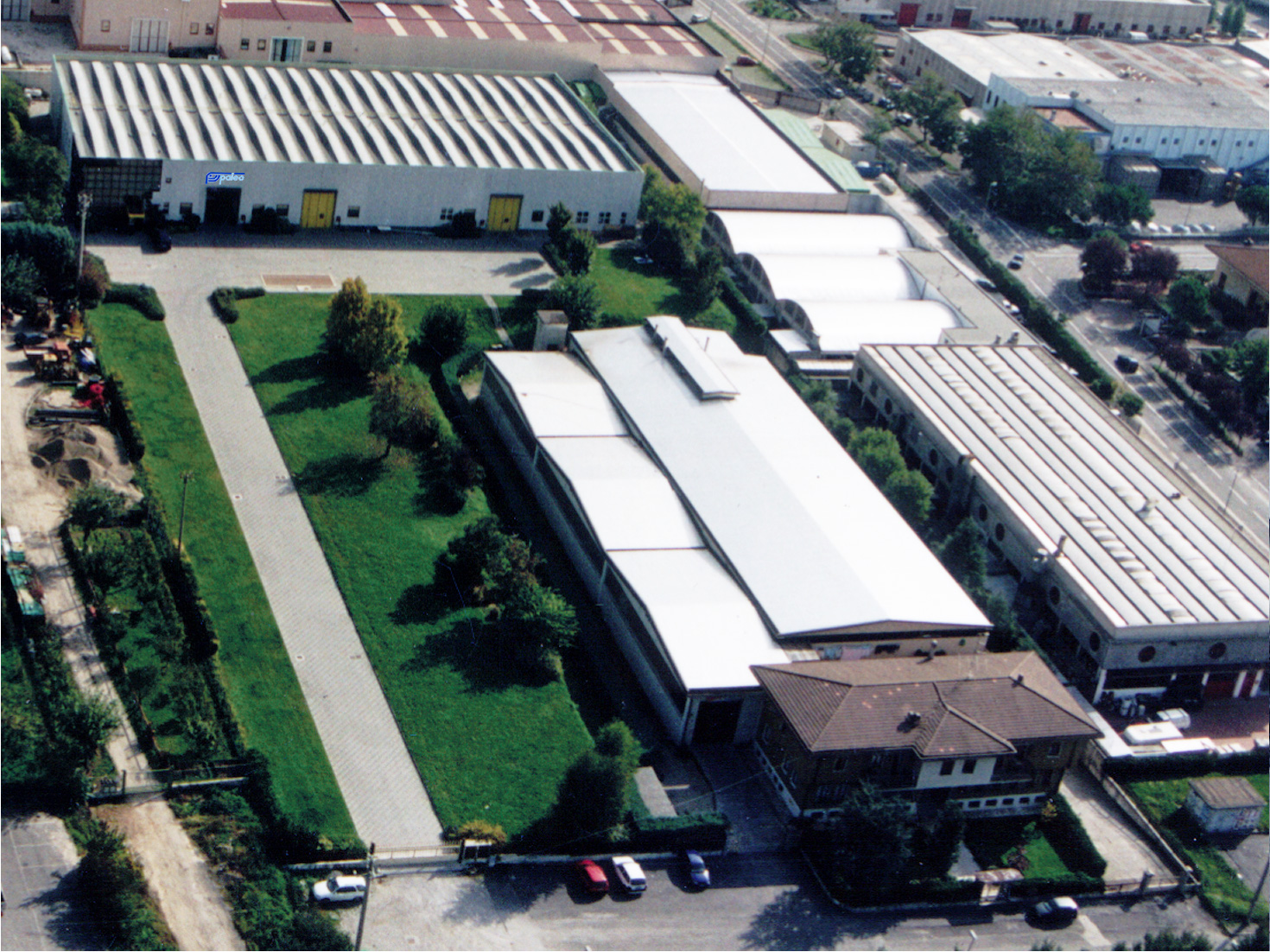Rodent Control in Agriculture: Safeguarding Crops and Livestock
Rodents can pose significant threats to agricultural productivity by causing damage to crops, contaminating feed, and spreading diseases among livestock. Effective rodent control in agriculture is vital for preserving yields and ensuring the health and well-being of animals. In this article, we will explore comprehensive strategies to protect crops and livestock from the impacts of […] The post Rodent Control in Agriculture: Safeguarding Crops and Livestock appeared first on The Architecture Designs.
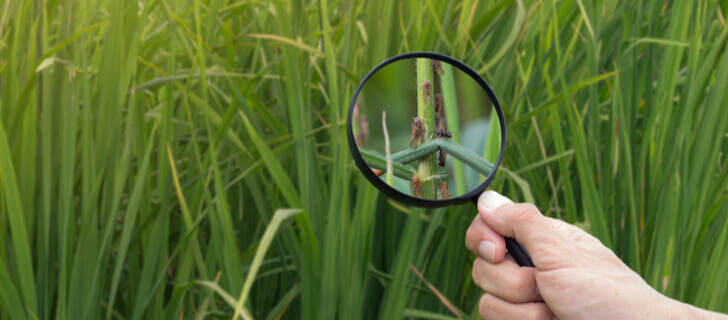
Rodents can pose significant threats to agricultural productivity by causing damage to crops, contaminating feed, and spreading diseases among livestock. Effective rodent control in agriculture is vital for preserving yields and ensuring the health and well-being of animals. In this article, we will explore comprehensive strategies to protect crops and livestock from the impacts of rodent infestations.
1. Understanding the Risks:
Before initiating control measures, understanding the risks posed by rodents in agricultural settings is paramount. These pests can devour and contaminate stored grains, damage crops through gnawing on seeds and plant roots, and act as vectors for diseases transmitted to livestock. Acknowledging these risks is the initial stride in formulating an impactful rodent control plan. For additional guidance, visit rat-exterminator.
2. Implementing Integrated Pest Management (IPM):
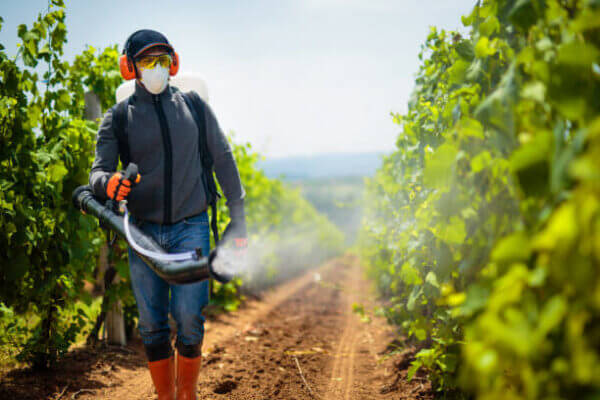
source: aaaksc.com
Integrated Pest Management (IPM) is a holistic approach that combines various strategies for controlling pests, including rodents while minimizing the use of chemicals. IPM involves crop rotation, habitat modification, and biological controls, providing sustainable and environmentally friendly solutions.
3. Proper Storage Practices:
Proper storage facilities are crucial to prevent rodents from accessing and contaminating stored grains. Use rodent-proof containers and elevate stored items off the ground. Regularly inspect and clean storage areas to eliminate potential attractants for rodents.
4. Monitoring and Early Detection:
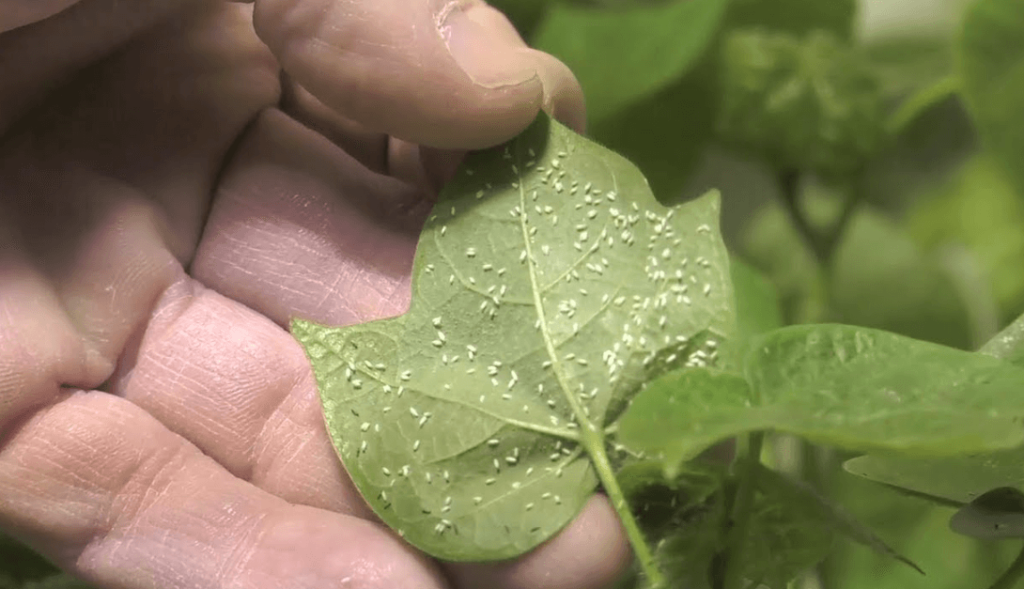
source: nipi.com.au
Regularly monitor fields and storage areas for signs of rodent activity. Look for burrows, droppings, and gnaw marks. Early detection allows for swift intervention before rodent populations grow, minimizing the potential for crop damage and the spread of diseases.
5. Natural Predators and Biological Controls:
Encouraging the presence of natural predators, such as owls, snakes, and certain species of insects, can contribute to rodent control. Additionally, introducing biological controls, such as certain bacteria or viruses that target rodents, can be an effective and eco-friendly method.
6. Mechanical Traps and Barriers:
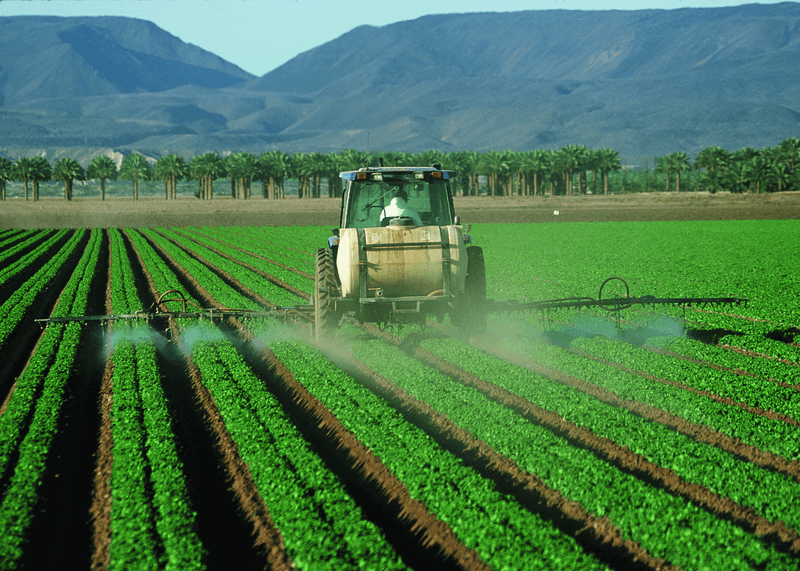
source: chemicalmarkets.blogspot.com
Mechanical traps and barriers are traditional yet effective methods for controlling rodent populations. Employing snap traps, live traps, or physical barriers like wire mesh can help reduce rodent numbers. However, these methods require regular monitoring and maintenance.
7. Rodenticides with Caution:
While rodenticides can be effective, they should be cautiously used in agriculture. Choose rodenticides designed explicitly for agricultural settings and follow recommended application guidelines. Place baits strategically to minimize the risk of unintended exposure to non-target species.
8. Focusing on Livestock Health:

source: eos.com
Rodent-borne diseases can have severe consequences for livestock. Implement biosecurity measures to protect animals from potential infections. Keep feed in sealed containers, remove spilt feed promptly, and provide adequate housing to minimize contact between rodents and livestock.
9. Collaboration with Pest Control Professionals:
Engaging the services of pest control professionals with expertise in agricultural settings can provide valuable insights and assistance. Professionals can conduct assessments, recommend tailored control measures, and implement strategies to address specific rodent challenges in farm environments.
10. Education and Training:
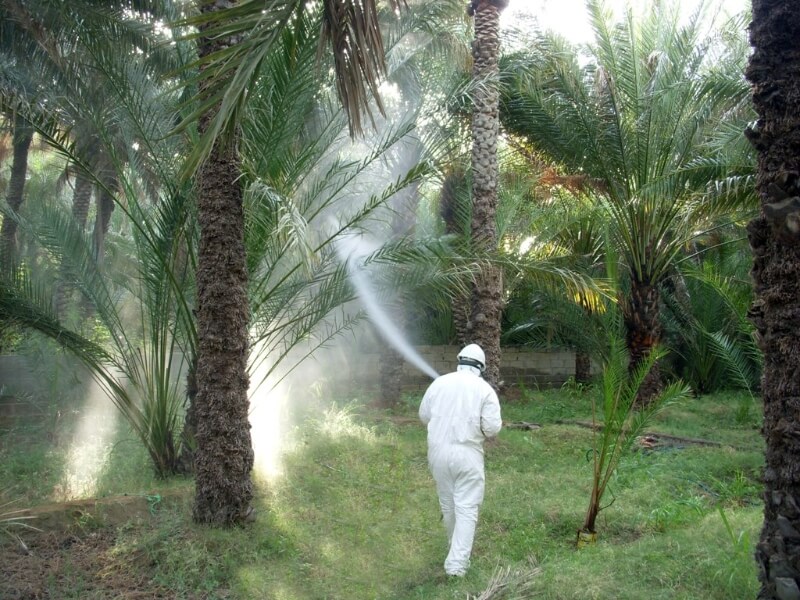
source: pinterest.com
Instruct farmers, agricultural workers, and livestock caretakers on the significance of rodent control and their integral role in averting infestations. Training programs have the power to empower individuals, enabling them to adopt best practices and actively contribute to the comprehensive success of mice control in Denver efforts.
Conclusion:
Rodent control in agriculture is a multifaceted challenge that requires a combination of proactive measures, sustainable practices, and a deep understanding of the ecosystem. By implementing integrated pest management, adopting proper storage practices, and fostering collaboration with professionals, the agricultural sector can protect crops and livestock from the detrimental impacts of rodent infestations. A holistic approach ensures bountiful harvests and the well-being of the entire agricultural ecosystem.
The post Rodent Control in Agriculture: Safeguarding Crops and Livestock appeared first on The Architecture Designs.







